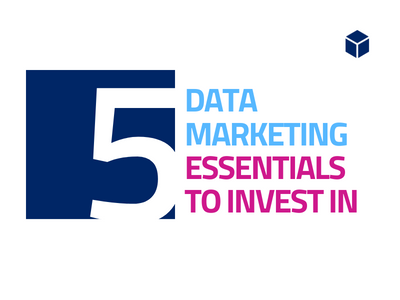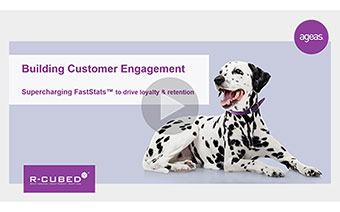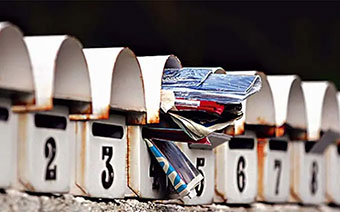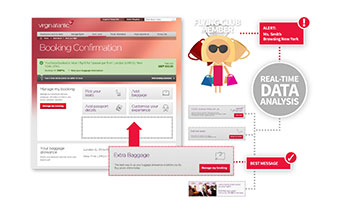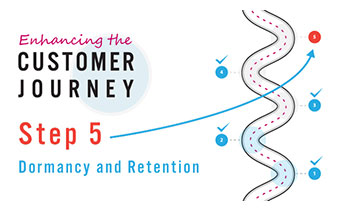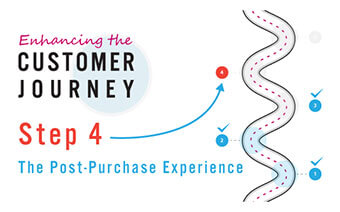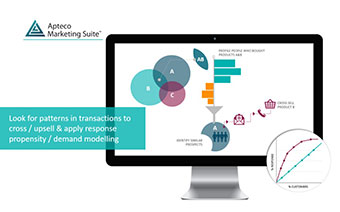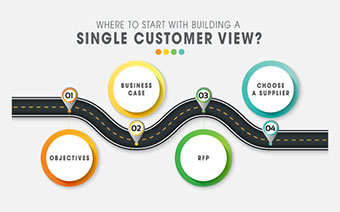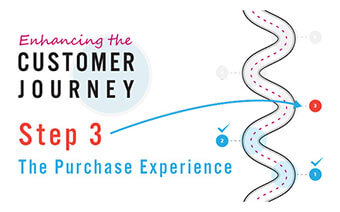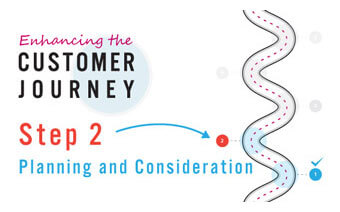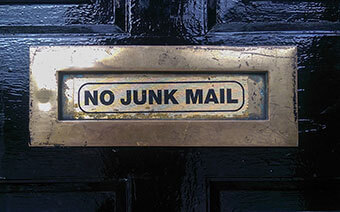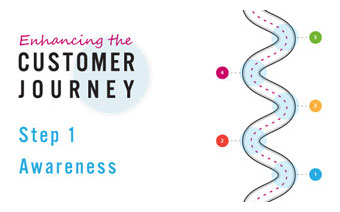Have you mapped out your customer journey communications? A well-thought-out customer journey can maximise results at each stage of the journey and generate huge increases in sales and profits by delivering more engaging, personalised communications.
Not only do your customers benefit from having more relevant and timely information, but you can increase revenue by targeting the right cross-sell and up-sell messages, getting the right message to the right person at the right time.
But when it comes to designing a customer journey programme many businesses have never gone beyond a standard welcome strategy and a last-ditch attempt to reactivate dormant customers.
With an ever-increasing number of touchpoints and real-time interactions, it is more important than ever to ‘join everything up’ into a holistic and consistent view of the customer journey.
In this series of five articles, we look at the key stages of a customer Journey programme and how you can use technology, combined with your knowledge of your customers to drive real value at every stage.
This month, in our final part, we look at how to retain your customers and reduce dormancy.
Dormancy is a fact of life. Unless you’re in the business of cryogenics, all your customers will leave you eventually.
But that doesn’t mean you shouldn’t try to keep them for as long as you can. In this article, we look at a few strategies you might use.
Early identification is key
The best way to keep your customers is to ensure that you can spot the early signs that they may be leaving you.
Obvious indicators might include a reduced purchase frequency or fewer visits to your website. But advanced analytical techniques, using all the customer data that exists within your business – online and offline – can go far beyond the obvious and accurately identify at an early stage which customers are liable to leave you. You should use complaints data, whether customers have looked at your FAQs or other pages on your website, whether they’ve called your call centre and so on.
We’ve helped dozens of companies across all industries, including travel, financial services, leisure and retail, to identify which of their customers are most at risk. Once you know who to focus on, triggered campaigns can then be sent automatically to customers as they start to display signs of attrition. Timing is key and when it’s done correctly – right message, right person, right time – the results can be dramatic.
You can read here about how we helped Costa retain more of their customers.
Cross-sell, up-sell and win-back strategies
When you can tell that a customer is in danger of attiring, there’s a number of steps you can take to try to retain them.
You can try just sending them the same old emails, for the same old products, over and over in the hope that they will buy again. We’re sure your inbox is full of examples of this kind of treatment.
Or you can look at what else you could offer them, based on your knowledge of customers. All customers are different and none of us stay the same. What others might be buying – or even what they used to buy – might not be appropriate for them now.
If someone bought a lawnmower from you 6 months ago, do they really want to buy another one today? A holiday customer might have bought young, singles holidays from you over a number of years – but are they now in the market for a different kind of holiday? And what about your car buyers – are they still in the market for people carriers? Or is it time for something different now that the kids have grown up?
The answers will lie in your data – you just need to dig them out. Online behaviour, response history, demographics, purchasing trends, lifecycle, product groupings, it’s all there to guide you as to what your customer might buy next.
We’re experts in finding the nuggets of gold in data, so if you ever need a hand in knowing where to start – just get in touch.
Build an Engagement Hub
Throughout the customer journey, it’s clear that data is the key to maximising your profitability. But we know that it’s a lot of work to not only find the opportunities in your data but to build and execute the right communications strategies. That’s why we created what we call the Engagement Hub.
An Engagement Hub draws on the immense power of your SCV, assesses all the data about any given customer in real time and delivers the next best action for each one.
So when a customer browses your website, the Engagement Hub can not only see what they’re looking at right then, but what they have done in the past and deliver the right message to them right there and then. You can even deliver a personalised webpage or online offer.
It can trigger emails based on an individual’s behaviour, or even prompt your call centre agent to cross sell a specific product. You’ll know if they’re a highly profitable customer, have made a complaint, or return 90% of the products they buy. No more one-size-fits-all. This is one-size-fits-one.
We were privileged to build an Engagement Hub for Ageas, a leader in financial services – and the results were dramatic. Watch our short video here if you want to see just what a Hub could do for the performance of your business.
So that’s it for Customer Journeys. Use your data to understand, segment and monitor our customers. Put appropriate strategies in place for each segment – or even each individual customer. Make your communications relevant, automate your campaigns and watch the dramatic changes that can take place. You’ll see a much better return from your marketing budget from having happier and more engaged customers.
And if you ever need us to help you get the right message through the right channel to the right customer at the right time – we’re here to help.






